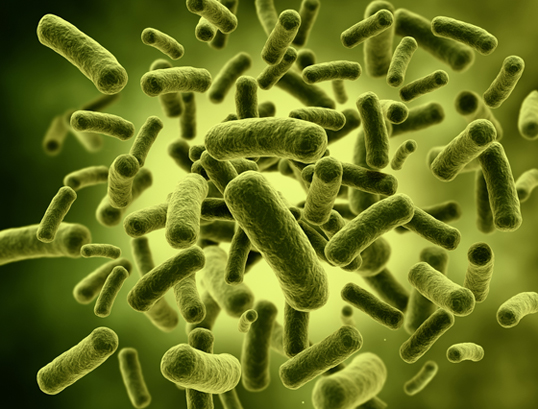
We are seeking to understand how the origin of the cellular machinery that constitutes life is founded on the chemical interactions that give rise to replicative and evolutionary characteristics. For example, the aqueous medium of a cell enables Watson-Crick base-pairings between complimentary DNA strands, but does not allow for condensation reactions between nucleobases and carbohydrates in which the DNA strands are composed. As a consequence, we are seeking to broaden our perspective on how informational elements are formed from the prebiotic inventory. Pyrazine nucleic acid (PzNA) which has a backbone structurally similar to glycerol nucleic acid (GNA), has been proposed to exhibit base-pairing properties similar to adenine and uracil and to be derivable from pentoses. This polymer is an origin of life inspired design that reconciles both prebiotic and classical organic chemistry towards determining the type of proto-informational polymers that may have emerged under plausible primitive conditions.
With an aim to study PzNA, we have explored potential prebiotic routes to the pyrazine-2-one propanediol and 2-aminopyrazine propanediol starting from the aldosugars, and have also developed a synthetic route to pyrazine-2-one propanediol phosphoramidite suitable for automated PzNA oligomer synthesis. En route, we discovered an “apparent” regioselective protection of pyrazine-2-one derivatives in the presence of a secondary hydroxyl group that proved crucial in the preparation of the pyrazine-2-one phosphoramidite. The regioselectivity observed is proposed to be of general interest in the context of heterocyclic chemistry. In the larger context of origin of life studies, it points to the importance of keto-enol preferences of the canonical nucleobases versus pyrazine heterocycles in functioning as recognition elements. This chemistry becomes more apparent at the level of oligonucleotides. While the simple architecture and prebiotic relevance indicates a promising primordial replicator, base-pairing results of the oligonucleotides prepared in this study points to an informational polymer weakened by the facile keto-enol tautomerization of the pyrazine heterocycles. We hope that such discoveries will bring us closer to understanding the nature of living systems through organic chemistry.
 Investigating Habitable Environments on Mars Using Orbital and Rover-Based Imaging Spectroscopy
Investigating Habitable Environments on Mars Using Orbital and Rover-Based Imaging Spectroscopy Chemical Gardens, Chimneys, and Fuel Cells: Simulating Prebiotic Chemistry in Hydrothermal Vents on Ocean Worlds
Chemical Gardens, Chimneys, and Fuel Cells: Simulating Prebiotic Chemistry in Hydrothermal Vents on Ocean Worlds Quantifying Constraints on Metabolic Diversity Patterns
Quantifying Constraints on Metabolic Diversity Patterns The Ecological Physiology of Earth’s Second Oxygen Revolution
The Ecological Physiology of Earth’s Second Oxygen Revolution